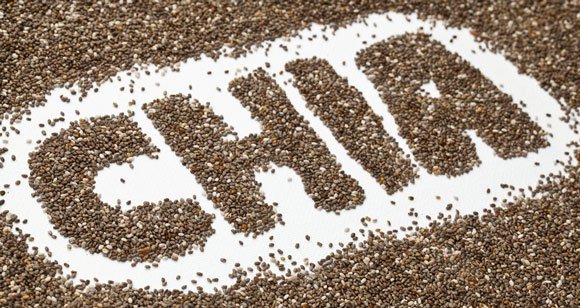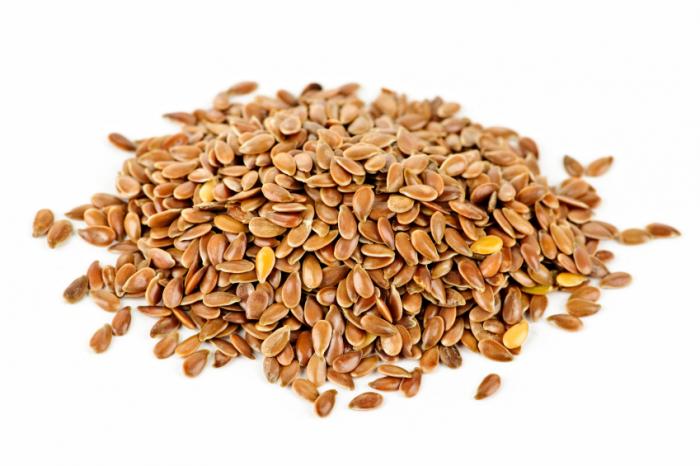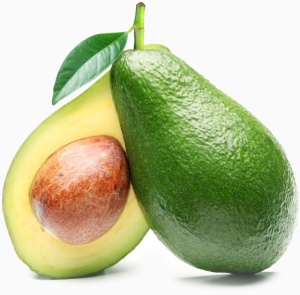
Black period blood is blood that takes extra time to leave the uterus, becoming oxidized along the way. When blood is exposed to oxygen, it becomes oxidized and turns dark brown or blackish, similar to the color of coffee grounds.
There are a few possible causes of black period blood:
1. It’s the beginning (or end) of a period.
Blood flow tends to be slightly slower at the beginning and end of a period. The longer it takes for blood to leave the body, the more time it has to oxidize and turn into black period blood.
2. Something could be stuck inside the vagina.
Black period blood sometimes points to the presence of a foreign object in the vagina such as a forgotten tampon. Other objects that might get lodged in the vagina include condoms, sex toys, and contraceptive devices such as sponges, diaphragms, rings, and cervical caps. Over time, these can irritate the vaginal lining and trigger an infection.
Aside from black period blood, an infection might cause other symptoms, such as:
-Vaginal discharge with an unpleasant odor
-Discomfort or itching in or around the vagina
-Rash or swelling of the genital area
-Fever
-Difficulty urinating
-Pelvic or abdominal pain
If you notice black period blood in combination with any of the above symptoms and suspect something is stuck inside you, seek help immediately.
3. There’s a possibility of cervical cancer.
In very rare cases, black period blood, especially when combined with irregular bleeding after sex or between periods, may be a warning sign of cervical cancer.
Early-stage cervical cancer generally doesn’t have signs or symptoms. In more advanced stages of cervical cancer, there may be symptoms such as heavy, watery, bloody vaginal discharge with a foul odor and vaginal bleeding that can eventually turn into dark brown or black period blood. Other telltale signs in the advanced stages of cervical cancer include:
-Fatigue
-Longer or heavier periods
-Pain during sex
-Bleeding during or after sex
-Weight loss
-Pelvic pain
-Difficulty urinating
-Difficulty passing bowel movements
-Swelling in the legs
4. Miscarriage has occurred.
Miscarriage can happen within the first 20 weeks of pregnancy. Dark red spotting, which may be confused with black period blood, can sometimes indicate early miscarriage.
5. It’s the product of implantation bleeding.
Sometimes implantation bleeding that indicates early conception or pregnancy can be confused with dark brown or black period blood. Dark blood after implantation bleeding is very rare, though.
Implantation bleeding sometimes appears 10 to 14 days after a fertilized egg implants itself into the uterine lining. The flow lasts for just a couple of days and is usually light, but may become black if it leaves the vagina too slowly.
6. You have a sexually transmitted infection (STI).
Black period blood has been associated with sexually transmitted infections such as chlamydia and gonorrhea. Dark brown or black discharge is occasionally accompanied by other STI symptoms such as:
-Vaginal discharge with an unpleasant odor
-Burning while urinating
-Pain during sex
-Bleeding during or after sex
-Pelvic pressure or pain
-Vaginal itching
-Spotting between periods
7. Birth Control Pills
Another reason for dark red or brown period blood: Birth control. It can reduce how much you bleed overall, and when there’s not very much blood, it can take longer to come out.
Finally, dark brown or black period blood might also indicate other underlying health issues such as endometriosis, uterine fibroids, endometrial polyps, or an ectopic pregnancy.
Please see your health care provider if you are consistently having episodes of black period blood.
Follow us on FB, IG and Titktok @fibroidandfertility
#fibroidfree #fibroidandfertility #femmefertile #fruitdulandfertile #shrinkfibroidswithherbs #shrinkfibroidsnaturally













